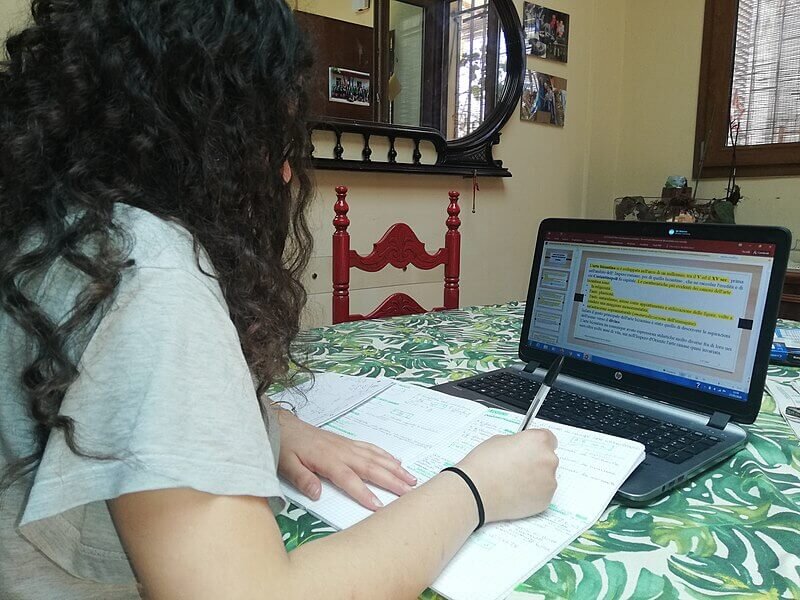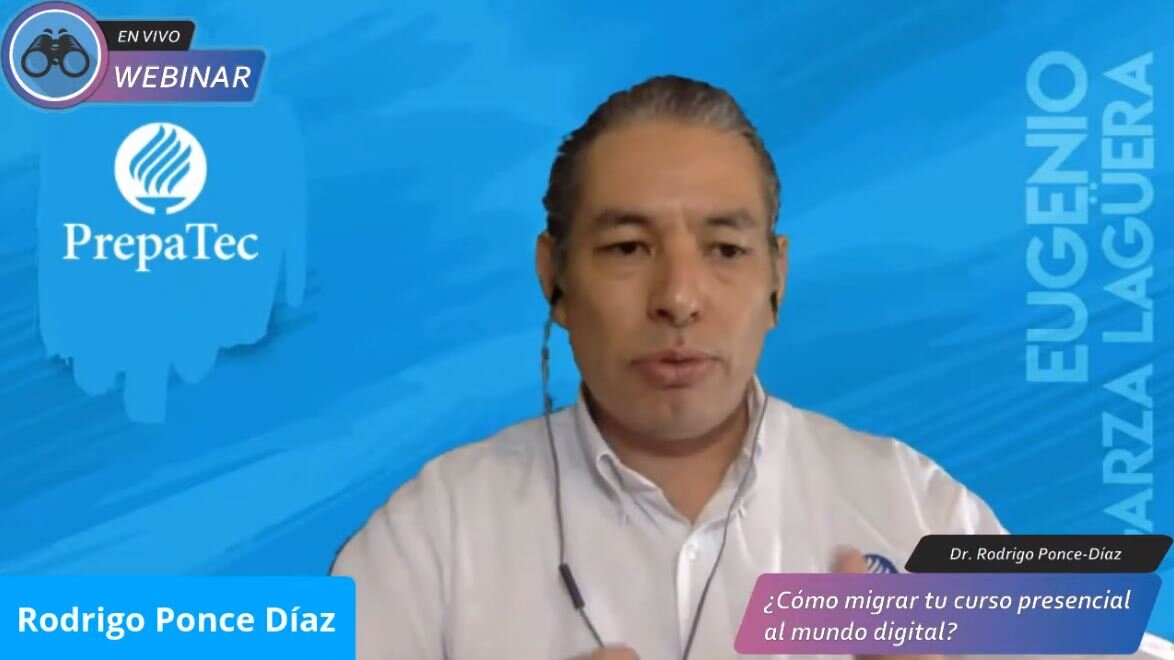A meta-analysis by George Mason University looked through more than 100 studies on online learning to find out if it lives up to its promise.
Photo: Bigstock
In a time where higher education is getting more and more expensive, and the students’ debt keeps on growing, can online education come to the rescue?
Although an alternative credential like MOOCs may seem like a viable solution, there are many factors to consider before ruling that online education can replace traditional learning, from time and money spent by students and the institutions, and of course, the quality of the courses.
Traditional face-to-face courses are better for children, teenagers and young adults who haven’t join the workforce yet because the regular attendance typical of this type of classes, allows them to interact with other people, be more disciplined, follow a regular schedule, and improve their social skills.
Moreover, it allows a better teacher-student relationship, allowing educators to evaluate their strengths and weakness, be mentors, and help students find career pathways. Students also can express their doubts and get answers right away.
On the other hand, online classes are more convenient for people interested in lifelong learning because it saves them time, money, and energy. It also allows students to choose from a more significant range of options from different careers or interests, instead of the ones designed by a fixed curriculum.
A significant disadvantage of online courses is that students with lower academic preparation, low income, and underrepresented backgrounds, consistently underperform in online classes and have a lower success rate.
These discouraging outcomes make online education perceived as lower quality compared to a traditional environment with face-to-face interaction. However, it is essential to remember that technology is best used when complementing traditional degrees rather than replace them.
Online education’s biggest weakness —and one of the main reasons it isn’t gaining better perception by employers, students, and faculty— is the lack of interaction between faculty and students. It is critical to design a better e-learning experience with direct and meaningful communication; this will improve the course quality and develop students satisfaction, learning, and outcomes.
Although online courses have options such as chat rooms that allow students to communicate with each other and with the teacher, the delay in response can discourage communication. Artificial tutoring systems can be a solution to this problem, helping to assess student weaknesses and diagnose mistakes and adjust materials, which could help to complement a real interaction with teachers.
Because e-learning is the only choice for many people that don’t have the money or time to enroll in traditional courses, it should ensure that the student is getting the knowledge, self-discipline, and time management necessary and not only that they provide information or specific contents.
Moreover, even though online education is higher education’s fastest growing sector, it is at risk of creating a more significant gap between those with resources and intense academic preparation and those who depend on technology to have productive careers.
It is clear that online education can be beneficial for those who can not find the time to enroll in traditional classes and therefore seek a flexible, affordable, and accessible option to continue their training. However, there is still a long way to go to reach its full potential and, above all, eliminate the stigma and change people’s perspective who tend to believe that it is an educational option of lower quality.
References:
Protopsaltis, Spiros. (2019). Does Online Education Live Up to Its Promise? A Look at the Evidence and Implications for Federal Policy. http://distance-educator.com/does-online-education-live-up-to-its-promise-a-look-at-the-evidence-and-implications-for-federal-policy/
This article from Observatory of the Institute for the Future of Education may be shared under the terms of the license CC BY-NC-SA 4.0 
)
)











)
Karina Fuerte
Karina Fuerte
Karina Fuerte